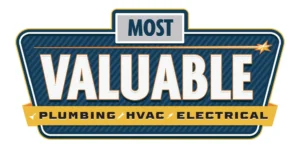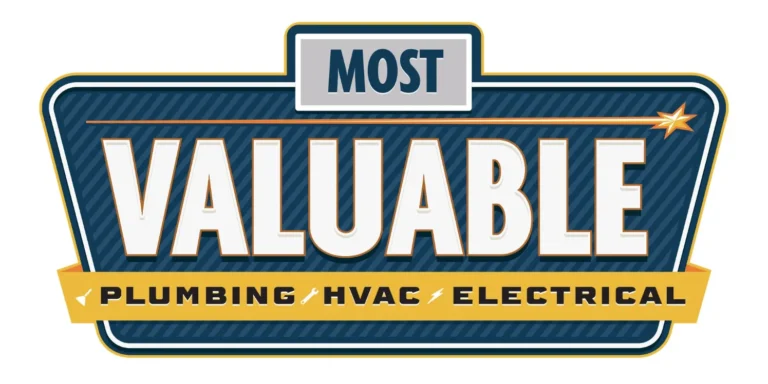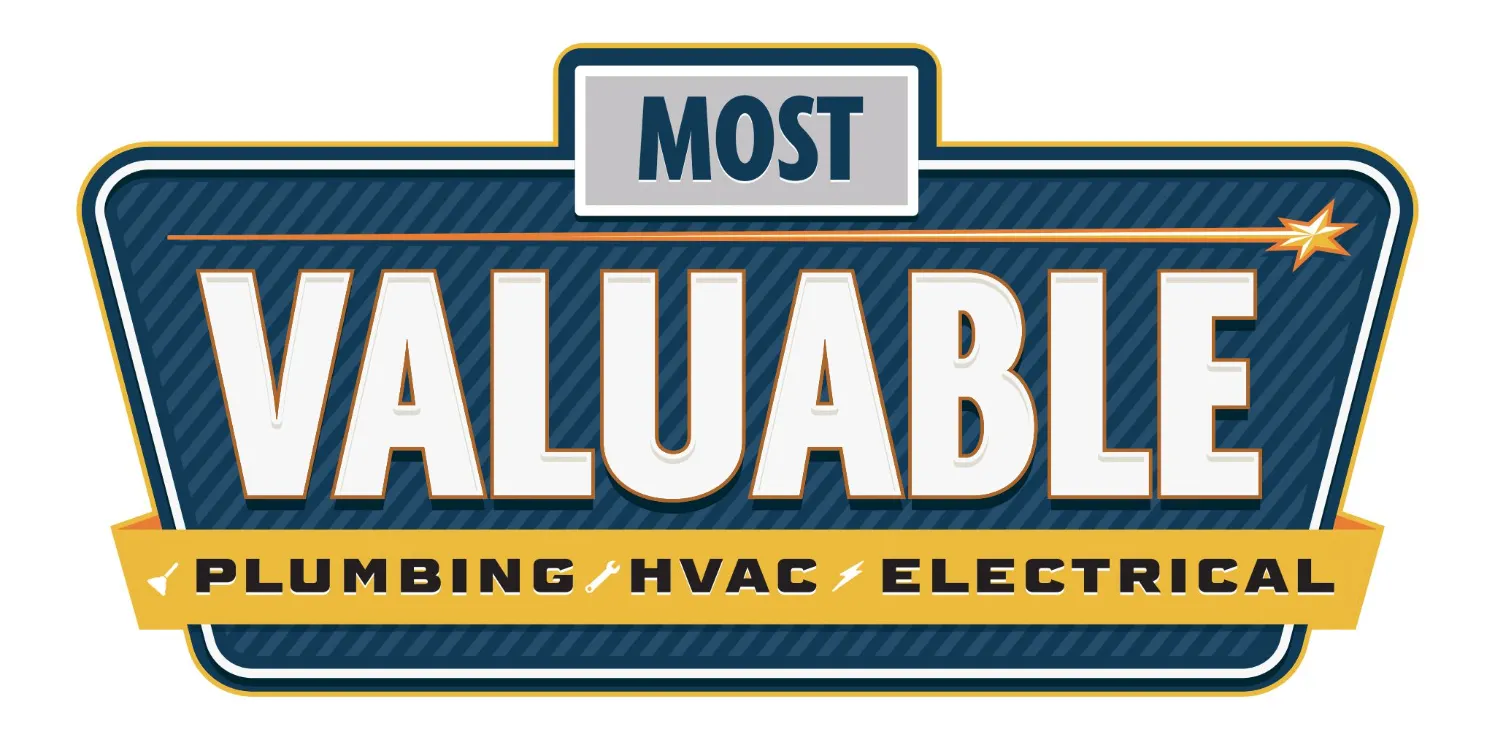Did you ever pause to think that our modern plumbing has ancestral origins going back millennia? It’s fascinating! From the shores of ancient empires to today’s pulsing metropolises, join us on an adventure through plumbing’s storied past.
Beginning with the Ancients: A Plunge into Time-Honored Plumbing Techniques
Mesopotamia The Inception of Civilized Living Our tale commences in Mesopotamia, where epicenters like Ur were a beacon of organized living. With humble clay conduits and natural flow systems, they carved out a basic, but effective sewage framework, mirroring their sense of community. The Indus Realm Pioneers of Their Era Journeying East, the Indus Valley Civilization, now part of India and Pakistan, was crafting marvels.
Excavations at Mohenjo-Daro unearth complex drainage networks, hinting at their sanitation norms and urbane infrastructure. Rome’s Prowess From Aqueducts to Leisure Baths Rome, a name that resounds with grandeur. Beyond their conquests, they channeled water like none other.
Their famed aqueducts, traversing vast distances, brought hydration to city hearts. And who can forget the communal Roman baths – an epitome of luxury and health?
Empire’s Demise to Artistic Revival
An Era of Contrasts The Dark Ages Plumbing’s Descent Post the Roman zenith, their monumental waterways faced neglect. Abandoned aqueducts saw cities grappling for hydration. Europe, amidst tumult, noticed plummeting sanitation.
Renaissance’s Luminescence As Renaissance blossomed, it heralded a rebirth of intellect and creativity. Rediscovering Roman blueprints, innovators enhanced them. Urbanization re-focused on clean water and waste management, setting the stage for more leaps.
The Industrial Surge
Birth of Modern-Day Plumbing Transition from Wells to Faucets The 1800s witnessed a seismic shift in plumbing. Cities bloomed and wells fell short. This period celebrated centralized water systems, revamped sewage blueprints, and the birth of the household toilet.
Metal, Earth, and Break throughs Plumbing materials underwent a transformation. Cast iron, steel, and clay emerged as the champions, bolstering city waterways, ensuring their longevity and enhanced sanitation.
Today’s World: Tech Meets Tradition
Plastic Reigns Supreme
The 1900s saw plastics revolutionize plumbing. They brought easy installation and affordability, becoming the staple in many homes.
Beyond Mere Pipes
The Digital Evolution Now, plumbing and tech are intertwined. Systems now autonomously manage pressure, heat, and even spot leaks. Elements like water-recycling and smart taps elevate our bond with water. It’s a journey from mere utility to green living.
When facing plumbing woes or in need of water heater repair, act swiftly. Reach out to the Most Valuable Plumber for dependable service! Contact us at (818) 697-8263 or find us online at Most Valuable Plumber. Premium service awaits!
Conclusion
Plumbing’s odyssey, resembling its twisting pipes, is rich and vast. From primitive conduits of olden days to today’s voice-responsive taps, we’ve journeyed through myriad methods and innovations. It’s compelling how each epoch, with unique challenges, enriched this continuum. Now, as clean water is a mere twist away, or hot showers are enjoyed post water heater repair, let’s appreciate the epochs that facilitated this luxury. Plumbing’s tale goes beyond tech. It’s about human creativity, adaptability, and our age-old pursuit of comfort. Today’s issues like dwindling water or eco-challenges will shape tomorrow’s innovations. Plumbing‘s saga is still unfolding, promising more surprises in store. So, as we savor a glass of tap water or indulge in a warm shower, let’s salute the eons of innovation flowing with each drop.
FAQs
Why was plumbing so important to ancient civilizations?
Plumbing was pivotal for ancient civilizations because it directly impacted public health, hygiene, and overall quality of life. Access to clean water and efficient waste disposal systems prevented the spread of diseases and promoted urban growth. Moreover, sophisticated water systems, such as aqueducts and baths, became symbols of prosperity, reflecting the society’s engineering prowess and improving overall civic life.
How did ancient plumbing systems compare to modern ones?
While ancient plumbing systems were innovative for their time, they often relied on gravity and natural resources, like flowing rivers or springs. Materials used included clay, stone, or lead. Modern systems, on the other hand, utilize pumps, advanced filtration, and materials like PVC or copper. Moreover, today’s plumbing integrates technology for automation, efficiency, and eco-friendliness, features that ancient systems didn’t possess.
What challenges did the history of plumbing face during its evolution?
Throughout its history, plumbing faced numerous challenges. In the Dark Ages, much of the knowledge from the Roman era was lost, leading to a decline in sanitation. As cities grew during the Industrial Revolution, outdated infrastructure struggled to meet demands, leading to public health crises. Additionally, sourcing durable materials, addressing environmental concerns, and integrating new technologies have always been evolving challenges in the plumbing landscape.
How has the importance of sustainability influenced modern plumbing?
Sustainability is a driving force in modern plumbing. With global water scarcity concerns and environmental degradation, there’s a pressing need for efficient and eco-friendly systems. Modern plumbing solutions, such as water-saving fixtures, leak detection systems, and water recycling, aim to conserve resources. Moreover, materials used are more environmentally friendly, with an emphasis on reducing waste and promoting recycling.
Call to schedule prompt service with Most Valuable Plumber: (818) 697-8263
Los Angeles County
Orange County
Ventura County


